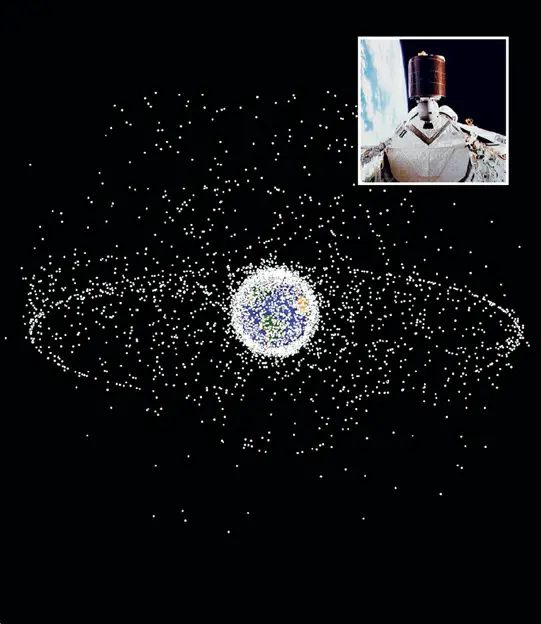The concept of geosynchronous satellites, pivotal in modern telecommunications and space exploration, was first conceptualized by visionaries like Hermann Oberth, Herman Potoc˘nik, and Arthur C. Clarke. These satellites orbit the Earth in synchrony with its rotation, appearing stationary from a point on the Earth’s surface. This idea was an extension of the fundamental principles of gravity and motion defined by Newton and Kepler, applicable to both natural and artificial satellites.
While Robert Goddard’s development of liquid-fueled rockets in the 1920s laid the groundwork for space exploration, contemporaries like Oberth and Potoc˘nik expanded on these innovations. They delved into the mechanics of rocket flights in orbit, exploring the possibilities theorized by Russian mathematician Konstantin Tsiolkovsky.
Arthur C. Clarke, a British science fiction author and futurist, recognized the potential of geosynchronous orbits for global telecommunications. In his 1945 article “Extra-Terrestrial Relays—Can Rocket Stations Give Worldwide Radio Coverage?”, Clarke envisioned a network of stationary satellites facilitating global communication. This vision materialized in 1964 with the launch of the first geosynchronous satellites.
Today, these satellites are integral to a myriad of applications beyond radio relays, including television broadcasting, internet connectivity, GPS services, and monitoring Earth’s weather and climate. The implementation of geosynchronous satellites represents a significant leap in technology, transforming global communication and observation.

